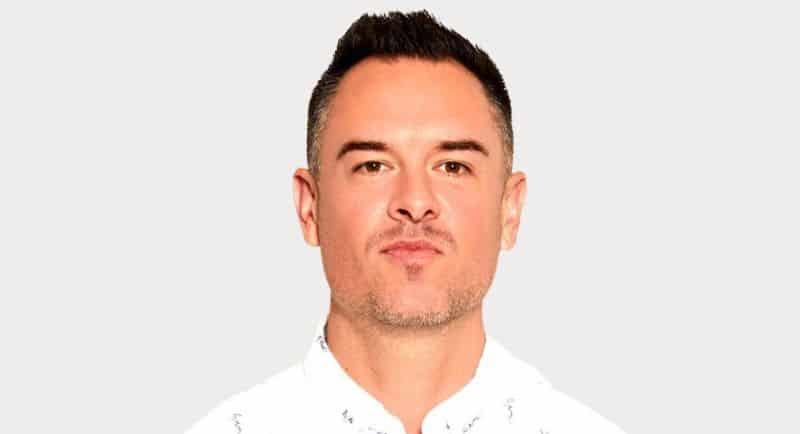By Mark Pollard, founder and CEO of Sweathead
The advertising industry has found a cure for aging: delete it. Whether it’s psychological or practical, the way the industry shafts its own as they age shows it lacks imagination. That’s one interpretation. The other is this: the entire business model is set up to do this and we shouldn’t expect it to change any time soon.
In the USA, the median age of agency workers was 32 in 2020, according to the American Association of Advertising Agencies (4A’s). In the UK, the IPA’s 2022 Agency Census found that the average age of agency employees stood at 34. Whilst in Australia, the largest share of workers in marketing and advertising are aged 25 to 34 (Labour Market Insights). These ages are young.
If we put aside why many people leave the industry of their own accord–because of long hours, toxic managers, abusive clients, parental inflexibility, lack of social status that start-ups and tech companies get you, and the increasingly conservative bureaucracies that either run or hire agencies, for example, here’s why the industry favours youth:
1. Older people can be more expensive
Yes, they cost more but the best of the old guard can work quickly. Sure, they might not know the social platforms inside-and-out but their fundamentals can be second nature. Unfortunately, they’ll ask to be paid accordingly but this doesn’t fit the business model they’ve signed up for.
Someone who can crack a brief in an hour or a day spits at the agency business model. Agencies don’t benefit from working fast. They make their money from bureaucracy and organizing things more than thinking so they need things to take time to organize and bureaucracy to count it all.
2. There’s only so much room at the top and you either age in or out.
If you’re older and in power, you can reinforce your sense of hierarchy by creating a big and obvious gap between you and everyone else by not having people who look like you in age. Besides, isn’t it suspicious for someone to stick around for a long time in the same role with the same power, as if they have settled, which is very unattractive and being unattractive is very un-advertising. If you’re not climbing into the most senior roles, chances are the ladder will be pulled out from under you.
3. When the industry’s margins are hacked, the industry has to hack out its middle.
Each economic downphase leads to big gaps between junior and senior staff. The middle becomes a luxury so it gets removed. Flat creative organizations can be incredibly competitive but when the gap between senior and junior is too big, the junior staff will feel overwhelmed and unsupported and clients can wonder what they’re paying for.
4. The industry is addicted to the “newness” of youth.
Adland loves novelty and openness – one of the Big 5 Personality Traits – and loving novelty means it’s infatuated with what’s coming next, including with its own people. This is a polite take. Advertising consultant, Cindy Gallop, is more direct. She thinks it’s because the older men who run the industry like to have pretty young things around.
5. The industry thinks it wants mavericks but it really wants obedience.
Older disobedient people who are good at what they do are annoying because they see through things, and are far more likely to challenge the way things are done. A three-day offsite to workshop a creative brief? Umm, no thank you. It’s just easier to keep those people around who haven’t seen the same tricks and stunts for decades, people who will say “yes” before thinking, and are untainted by a little cynicism.
In advertising, aging is slow, and then too fast. So, first, the industry timesheets its young people into the ground. Then it salary-freezes them out, just as they start to know what they’re doing. If you’re in your thirties, or hitting 40 or over, you face a critical decision: either you’ll need to focus more on the politics (which, according to research, is how to survive corporations), or you’ll need to start to explore next steps. It happens sooner than you expect.
–
Mark Pollard is the founder and CEO of Sweathead, a global strategy training company with a community of over 18,000 strategists worldwide and a podcast with over 1.3 million listens.
Pollard’s media career has seen him go from hip-hop journalist to radio host and now, a strategist. His career in strategy started in his native Australia before moving stateside, working for companies including Leo Burnett, Big Spaceship, and McCann. Pollard’s work with the global strategy training company has seen him consult for and train companies like Wall Street Journal, Twitter, The Economist, and agencies around the globe.
–
Top image: Mark Pollard

